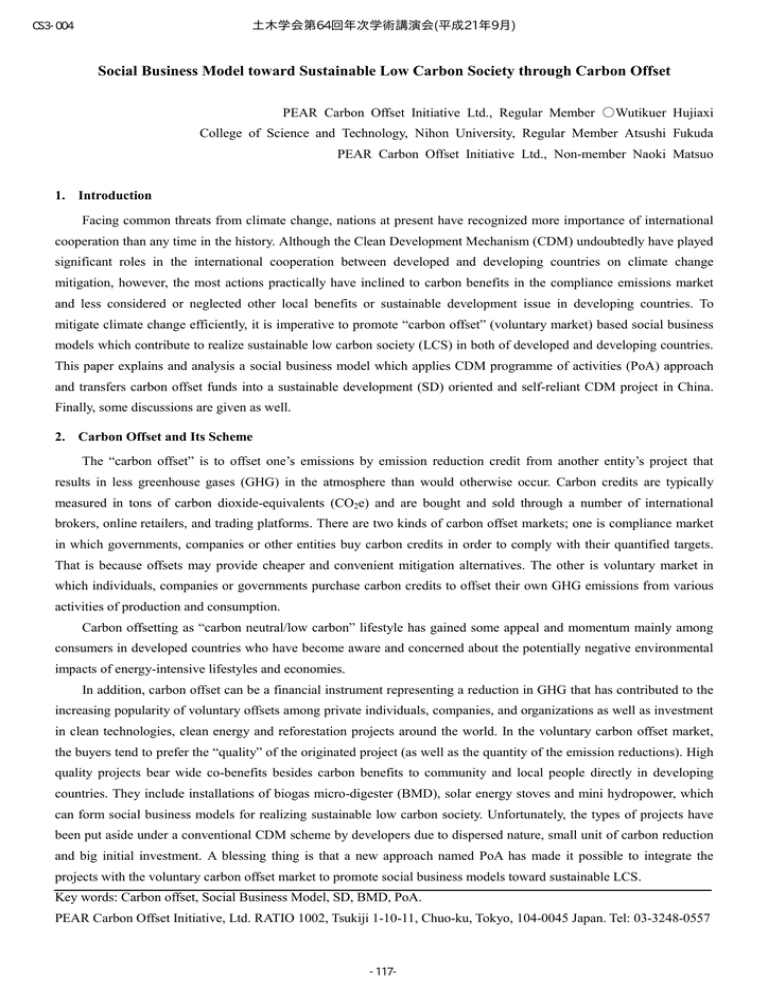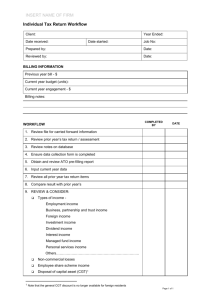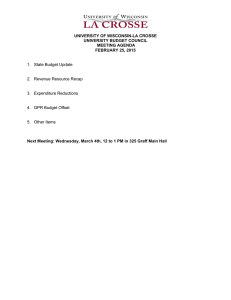Social Business Model toward Sustainable Low Carbon Society through Carbon...
advertisement

土木学会第64回年次学術講演会(平成21年9月) CS3-004 Social Business Model toward Sustainable Low Carbon Society through Carbon Offset PEAR Carbon Offset Initiative Ltd., Regular Member ○Wutikuer Hujiaxi College of Science and Technology, Nihon University, Regular Member Atsushi Fukuda PEAR Carbon Offset Initiative Ltd., Non-member Naoki Matsuo 1. Introduction Facing common threats from climate change, nations at present have recognized more importance of international cooperation than any time in the history. Although the Clean Development Mechanism (CDM) undoubtedly have played significant roles in the international cooperation between developed and developing countries on climate change mitigation, however, the most actions practically have inclined to carbon benefits in the compliance emissions market and less considered or neglected other local benefits or sustainable development issue in developing countries. To mitigate climate change efficiently, it is imperative to promote “carbon offset” (voluntary market) based social business models which contribute to realize sustainable low carbon society (LCS) in both of developed and developing countries. This paper explains and analysis a social business model which applies CDM programme of activities (PoA) approach and transfers carbon offset funds into a sustainable development (SD) oriented and self-reliant CDM project in China. Finally, some discussions are given as well. 2. Carbon Offset and Its Scheme The “carbon offset” is to offset one’s emissions by emission reduction credit from another entity’s project that results in less greenhouse gases (GHG) in the atmosphere than would otherwise occur. Carbon credits are typically measured in tons of carbon dioxide-equivalents (CO2e) and are bought and sold through a number of international brokers, online retailers, and trading platforms. There are two kinds of carbon offset markets; one is compliance market in which governments, companies or other entities buy carbon credits in order to comply with their quantified targets. That is because offsets may provide cheaper and convenient mitigation alternatives. The other is voluntary market in which individuals, companies or governments purchase carbon credits to offset their own GHG emissions from various activities of production and consumption. Carbon offsetting as “carbon neutral/low carbon” lifestyle has gained some appeal and momentum mainly among consumers in developed countries who have become aware and concerned about the potentially negative environmental impacts of energy-intensive lifestyles and economies. In addition, carbon offset can be a financial instrument representing a reduction in GHG that has contributed to the increasing popularity of voluntary offsets among private individuals, companies, and organizations as well as investment in clean technologies, clean energy and reforestation projects around the world. In the voluntary carbon offset market, the buyers tend to prefer the “quality” of the originated project (as well as the quantity of the emission reductions). High quality projects bear wide co-benefits besides carbon benefits to community and local people directly in developing countries. They include installations of biogas micro-digester (BMD), solar energy stoves and mini hydropower, which can form social business models for realizing sustainable low carbon society. Unfortunately, the types of projects have been put aside under a conventional CDM scheme by developers due to dispersed nature, small unit of carbon reduction and big initial investment. A blessing thing is that a new approach named PoA has made it possible to integrate the projects with the voluntary carbon offset market to promote social business models toward sustainable LCS. Key words: Carbon offset, Social Business Model, SD, BMD, PoA. PEAR Carbon Offset Initiative, Ltd. RATIO 1002, Tsukiji 1-10-11, Chuo-ku, Tokyo, 104-0045 Japan. Tel: 03-3248-0557 -117- 土木学会第64回年次学術講演会(平成21年9月) CS3-004 3. BMD Promotion Social Business Model PEAR Carbon Offset Initiative, Ltd has proposed and implemented a social business model in term of PoA which supports forming of energy self-reliant and LCS in rural areas of Chongqing, China. 3.1. Model Framework The social business model provides a subsidy of 1,500 RMB/household as a return from Certified Emission Reduction (CER) revenue for households in rural areas of Chongqing to diffuse BMDs. The PoA is a programme to disseminate BMDs in rural area of Chongqing. It covers numerous activities called CDM programme activities (CPAs). Each CPA targets corresponding number of households in a specific village. A new established Chinese company named Yimin Yitian coordinates the whole programme as a project participant and also the seller of CER. Yimin Yitian plays very important roles on project management and distribution of revenues between implementers of CPAs. Figure 1 Model Framework Illustration The programme is under progress with a CPA which targets 756 households in villages of Kai County, Chongqing. The subsidy for the CPA is originated from the fund settled by Japanese government for offsetting GHG emissions from the Hokkaido, Toyako G8 summit in 2008. 3.2. Model Impacts The model will change energy structure of farmer households and stimulate developing of energy self-reliant villages. The model tallied with gold standard will provide clean and sustainable energy for rural households, improve living condition and contribute to climate change mitigation with emission reduction of 3.5CO2e ton/year/household. Renewable biogas introduction will promise reduction of air polluting gases of SOx and particulate matters. The application of organic fertilizer from BMD will reduce pollution in soil and water, improve soil fertility1 and then quality of agricultural products and increase farmers' income from planting and breeding. The model also will provide job opportunities and ensure cost reduction. Avoidance of expenditure on coal/coal briquettes and other fuels will reach 300 RMB/household annually with application of an 8m3 of BMD2. The establishment of a BMD maintenance service center for per 300~500 households will yield at least one job position. 4. Discussions It is worthwhile to discuss on the some current risks and difficulties relevant to implementation of the model while emphasizing the model’s wide applicability in other developing countries and other fields. The PoA is still its embryonic stage thereby there may be a more risk on registration that weakens buyers confidence. However, the PoA guidance coming soon will help to alleviate the risk in some extension. Post Kyoto market uncertainty and current CER price makes it difficult to attract more upfront money because buyers mostly want to return they money back by end of first commitment period (2012). This apparently seems to be the main hurdle to diffuse the model. Enhancing compliance market buyers’ concerns to the projects under the model seems to be very important. Reference 1) Analysis and Evaluation Rural Domestic Biogas on Environment Impact, Journal of Anhui Agri. Sci.( 2007) 35(14) p: 4250-4251. 2) Rural Domestic Biogas-A Good Way to Energy Saving and Emission Reduction (Chinese), http://news.xinhuanet.com/newscenter/2007-08/14/content_6531689.htm -118-


